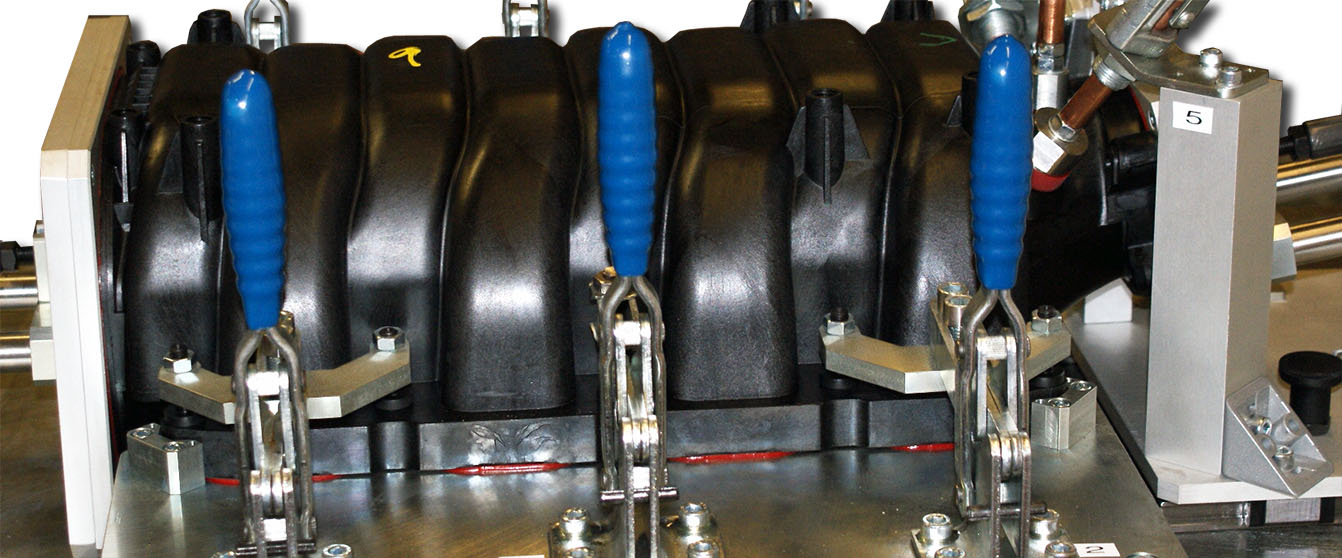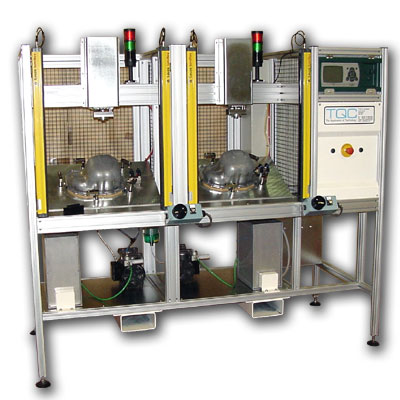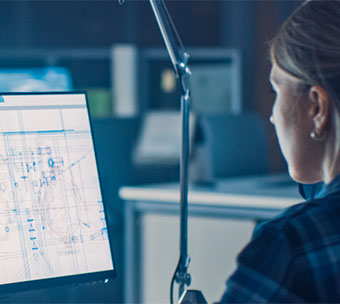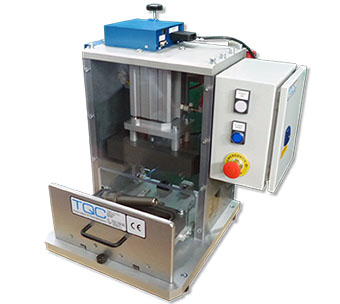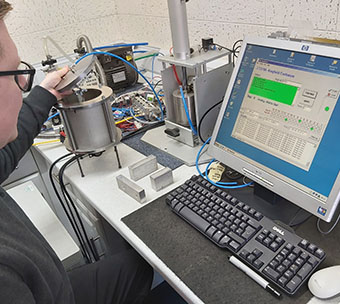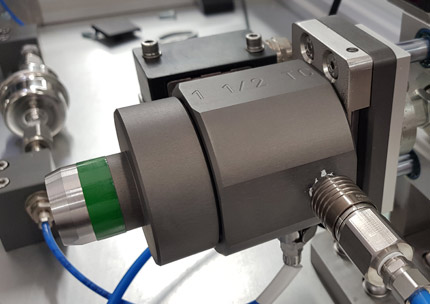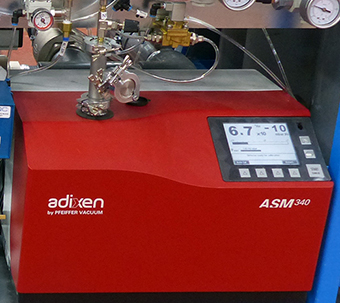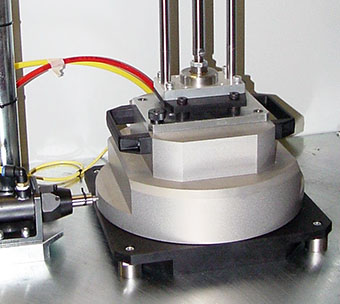TQC provide air decay leak testing solutions for all types of components to measure air pressure decay.
For vacuum air decay leak test methods, standard leak testing measurement instruments are incorporated to find drop off in air pressure or air flow on the components being tested.
TQC offer test pressures between vacuum and, typically, 16bar (150psig) as standard, with leak testing measurements down to a resolution of 1 atm.mm3/sec. All air decay leak test parameters may be programmed into the instruments supplied as part of the solution, and the resulting data is available for subsequent Statistical Process Control (SPC) analysis.
Vacuum air decay testing (below 0 bar)
Differential vacuum leak testing has a number of advantages –
- Offers more robust leak testing by minimising external effects
- Limits temperature dependency effects
- Assists sealing loading
- Reduced stabilisation time
- Often a faster throughput
- Indirect leak calculation
- Offers complex fault detection
Vacuum air decay leak testing is suitable for the following component and environment applications:
- Welded pipe fittings
- Large volume parts
- Automotive engine sumps
The generation of the vacuum is an additional element of the leak test and requires either a vaccum ejectors and for larger volumes a vaccum pump to be added to the equipment supplied for the leak testing. Generally vacuum stabilises quicker and is less susceptible to changes in ambient conditions.
Read more about our High Pressure (Over 6 bar) and Low pressure (0-6 bar) leak testing machines.


